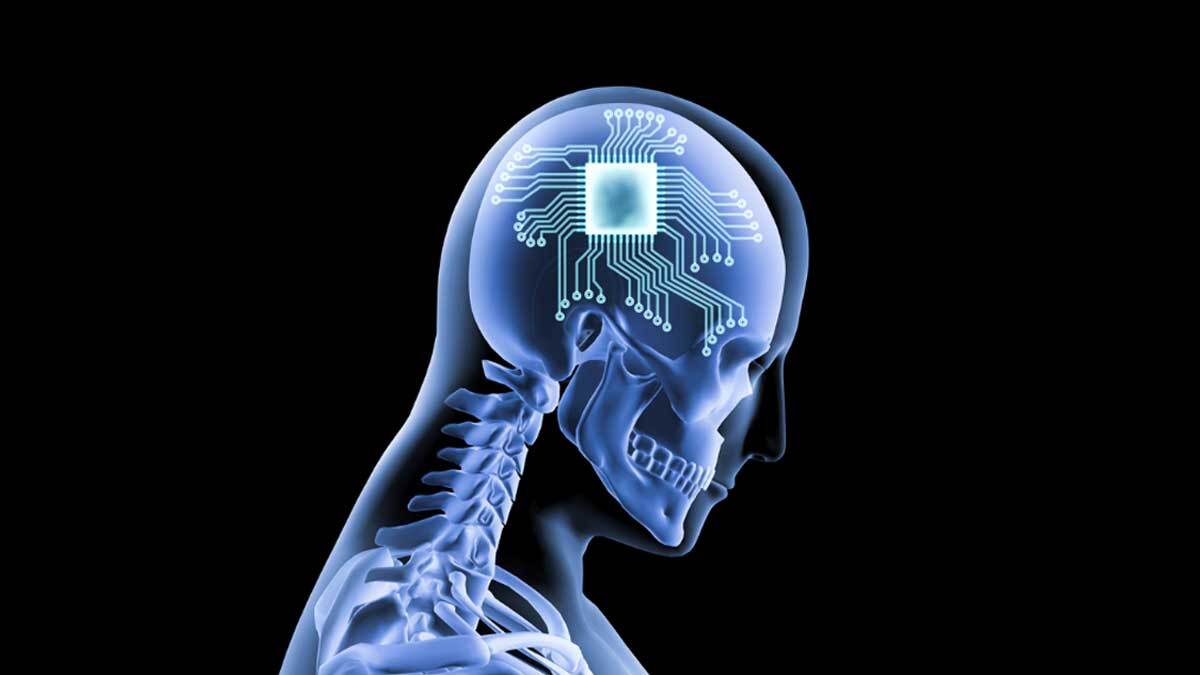Amber Pearson, a 34-year-old American, used to suffer from the debilitating effects of obsessive-compulsive disorder (OCD). She would wash her hands until they bled, fearing contamination from everyday items. However, thanks to a groundbreaking brain implant, Pearson’s repetitive rituals are now largely a thing of the past. The implant, which is used to treat both epilepsy and OCD, has allowed her to regain control over her life.
Pearson shared her experience, stating, “I’m actually present in my daily life and that’s incredible. Before, I was just constantly in my head worrying about my compulsions.” While brain implants have gained recent attention due to Elon Musk’s Neuralink company, which aims to enable individuals to control devices through their thoughts, the concept of brain implants is not new. Doctors have long known that electrical stimulation applied to specific areas of the brain can have a profound impact on its functioning. Deep brain stimulation, for instance, is commonly used to treat Parkinson’s disease and other movement-related conditions, including epilepsy.
Pearson’s doctors initially offered her a 32-millimeter implant to treat her epilepsy, as they were confident that it could detect the brain activity causing her seizures and deliver pulses to interrupt them. However, it was Pearson herself who suggested the possibility of also using the implant to treat her OCD. Neurosurgeon Ahmed Raslan, who performed the procedure at Oregon Health and Science University, recalls Pearson’s moment of insight: “‘Well, you’re going into my brain and putting this wire, and I have OCD, so can you just put a wire for OCD?’ And you know, luckily, we took that suggestion seriously.”
Prior to the procedure, doctors worked closely with Pearson to observe her brain activity during OCD episodes. By exposing her to known stressors and recording electrical markers, they were able to identify the specific brain activity associated with her OCD. The implant was then configured to react to this particular signal. What makes Pearson’s case unique is that the device, known as a dual-program device, can monitor brain activity related to both epilepsy and OCD. Raslan explains, “It is the only device in the world that treats two conditions… And it’s programmed independently. So the program for epilepsy is different than the program for OCD.”
Raslan believes that Pearson’s out-of-the-box thinking played a crucial role in the success of the treatment. He says, “This idea sits outside of the box and would only come from a patient.” Currently, a study is underway at the University of Pennsylvania to explore how this technique can be more widely applied. This offers hope to the 2.5 million individuals in the United States who suffer from OCD.
For Pearson, there was an eight-month wait after the 2019 procedure before she noticed any significant changes. However, over time, the all-consuming rituals that consumed her daily life gradually began to fade. The hours she spent on pre-bed checklists and handwashing decreased to just 30 minutes a day. Additionally, her fear of contamination from eating with others vanished. Pearson now expresses happiness and excitement to go out, live her life, and spend time with loved ones. She says, “That was something I was cut off from for years.”
the brain implant used to treat both epilepsy and OCD has proven to be a groundbreaking solution for Amber Pearson and could potentially benefit many others suffering from these conditions. The success of Pearson’s treatment has paved the way for further research and offers hope for improved quality of life for millions of individuals worldwide.
*Note:
1. Source: Coherent Market Insights, Public sources, Desk research
2. We have leveraged AI tools to mine information and compile it



